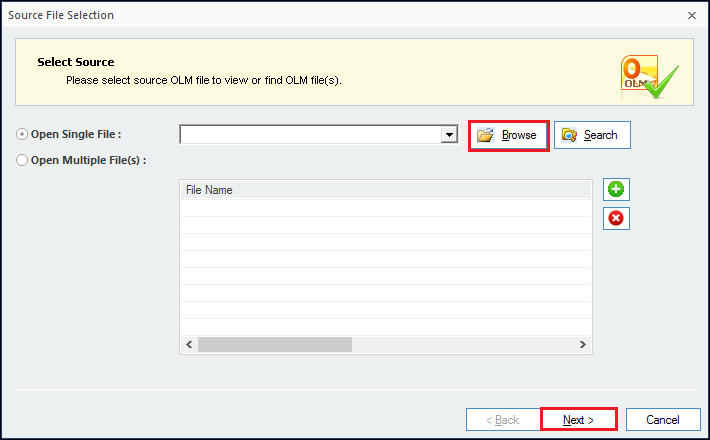Someone has granted you permission to access one of their calendars and you want to open it in Outlook 2016 for Mac. Here's how:
Aug 04, 2015 Office 2016 MAC Where is the (new) Microsoft User Data folder. Hi, previously you wonderfully could always include the Microsoft User Data folder to your backup and if there was some trouble, the defective DB could be simple be replaced by the 'old' one. Now everything has changed to 2016 few weeks ago (final released version. Organizations maintain control over corporate data by storing the files on centrally managed file servers, and optionally specifying user device policies such as encryption and lock-screen passwords. Work Folders can be deployed with existing deployments of Folder Redirection, Offline Files, and home folders. Move and hide the Microsoft Office User Data folder. Because Apple.still. has not implemented proper support for Mac OS aliases in Cocoa, iChat cannot follow an.
Important: To open another person's calendar, both you and the other person must have a Microsoft Exchange account and the account owner must grant you permission. Permissions range from co-owner to view-only.
That’s a right PITA and really strange for the usually user friendly Mac. If you want to try HFS+ compression from the command line – check out here. We found a nifty and cheap tool to use HFS+ compression, but it’s disappeared. Outlook for Mac data folder location. Outlook 2016 for Mac puts the data folders in the users. When you install Office for Mac, the app icons aren’t automatically added to the dock. To add to the dock, drag the app icon from the Launchpad or the Applications folder. The following steps demonstrates how to drag the icons from the Applications folder. Go to Finder Applications and open the Office app you want.
At the bottom of the navigation bar, click Calendar.
On the Organize tab, click Open Shared Calendar.
Note: If the Open Shared Calendar or Calendar Permissions buttons are unavailable, you might need to change one of your settings. See You cannot open a shared calendar in Outlook 2016 for Mac for instructions.
In the Search box, type the name of the person who has granted you access to their calendar, and press Enter.
Select their name, and click Open.
Note: The shared folder appears in the left navigation pane under the Shared Calendars heading, with the person's name who shared the calendar below it.
Notes:

If you have a shared calendar selected in the navigation pane, new items you create will be saved in that calendar.
To remove another user's shared calendar from your navigation pane, right-click the folder, and then click Remove from View.
Related information
If you have a Microsoft Exchange account, you can share and delegate Outlook e-mail messages, events, contacts, tasks, and notes with people who are on the same Exchange server.
Sharing is most often used by peers who are working on the same project. The shared folder appears under a separate account in the other user's navigation pane. Depending on the sharing permissions, the person may be able to read, create, edit, or delete items in the shared folder.
Delegation involves granting permission to another person, known as a delegate, to receive and respond to e-mail messages and meeting requests on your behalf. You can also grant additional permissions that allow your delegate to read, create, or edit items in your Exchange account.

Note: When you delegate or share an address book, calendar, or mail folder, delegates or users who share those folders could view your private contacts, events, or e-mail messages by using other software applications. To help protect your privacy, put private items in a separate, non-shared address book, calendar, or mail folder.
Options for sharing a folder
When you share a folder, you can set permissions that define what each user who accesses the folder can do:
Permission level | Activities that a sharing user can perform |
|---|---|
Owner | Create, read, modify, and delete all items in the shared folder. As an owner, a user can change the permission levels that others have for the folder. |
Publishing Editor | Create, read, modify, and delete all items, and create subfolders. |
Editor | Create, read, modify, and delete all items. |
Publishing Author | Create and read items, create subfolders, and modify and delete items that you create. |
Author | Create and read items, and modify and delete items that you create. |
Nonediting Author | Create and read items, and delete items that you create. |
Reviewer | Read items only. |
Contributor | Create items only. |
Custom | Perform activities defined by the folder owner. |
Free/Busy time, subject, location | For calendar sharing only, read the free/busy information, subject, and location of calendar events |
Free/Busy time | For calendar sharing only, read the free/busy information of calendar events |
None | Not perform any activity. The user remains on the permissions list but has no permission and cannot open the folder. |
Options for delegating a folder
When you add a delegate, you can give the delegate separate permission levels for your calendar, inbox, address book, tasks, and notes folders:
Permission level | Activities that a delegate can perform |
|---|---|
Editor | Read, create, and modify items, including modifying and deleting items that the account owner created. For example, a delegate with Editor permissions can create meeting requests directly in the account owner's calendar and respond to meeting requests on the account owner's behalf. |
Author | Read and create items, and modify and delete items that he or she creates. |
Reviewer | Read items only. For example, the delegate can read messages in the account owner's inbox. |